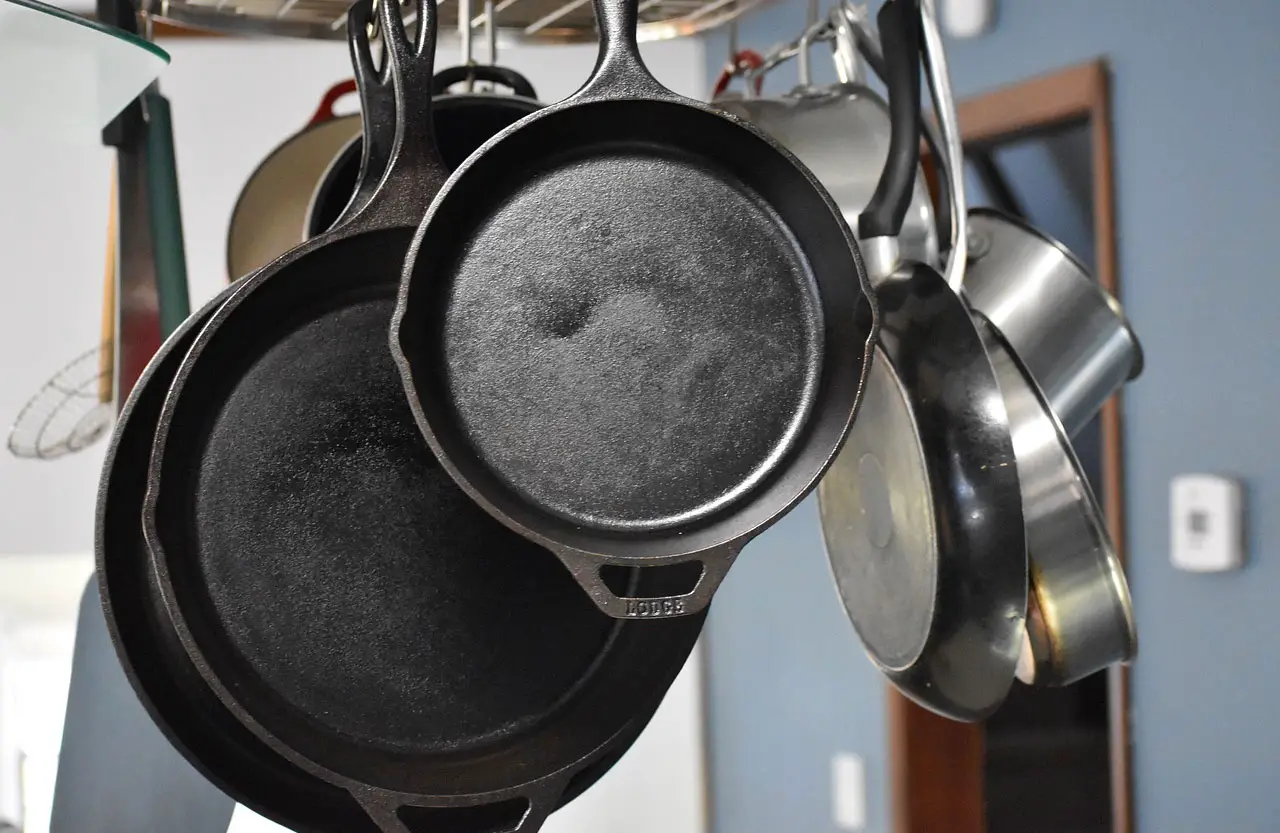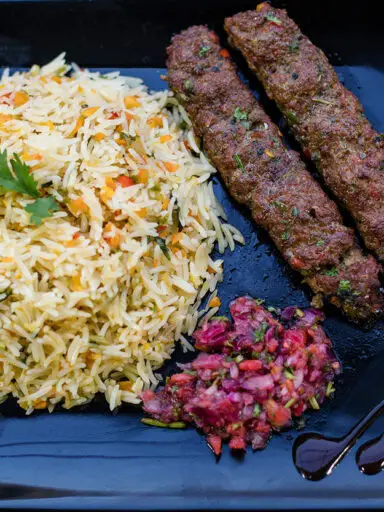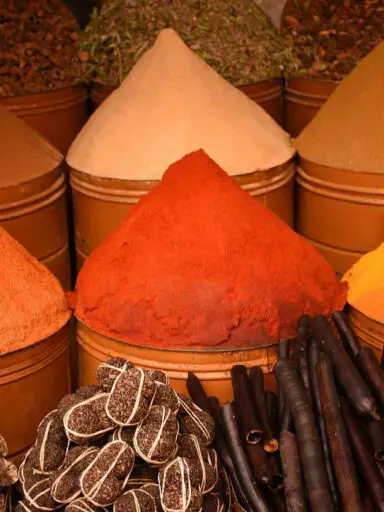Cast iron skillets are an essential kitchen tool that many chefs and veteran home cooks swear by. They’re versatile, durable, and can last for decades with proper maintenance. However, keeping a cast iron skillet in good condition requires more than just the occasional wash with soap and water. In this blog post, we’ll cover everything you need to know about maintaining your cast iron skillet, from cleaning to seasoning to storage.
Cleaning Techniques
After each use, it’s important to clean your cast iron skillet thoroughly to prevent food residue from building up and affecting the flavor of your next meal. The best way to do this is with hot water and a dish sponge or a stiff-bristled brush for stronger food residue. Avoid using soap, as it can strip away the seasoning that gives your skillet its non-stick properties.
If you’re dealing with stubborn food residue, you can use salt and oil to scrub it away. Simply sprinkle a generous amount of coarse salt into the skillet, add a little oil, and scrub with a paper towel or clean cloth. The salt acts as an abrasive, while the oil helps to lift the residue from the surface of the skillet.
If you notice rust on your cast iron skillet, don’t panic. It’s a common issue that can be easily fixed. Simply scrub the rust away with a steel wool pad or sandpaper, then re-season the skillet (more on that later).
Seasoning a Cast Iron Skillet
Seasoning is the process of coating a cast iron skillet with oil and heating it to create a non-stick surface. It’s an essential step in maintaining your skillet’s performance and preventing rust.
To season a cast iron skillet, start by preheating your oven to 192°C (375°F). While the oven is heating up, use a clean cloth or paper towel to coat the skillet with a thin layer of oil (vegetable oil or flaxseed oil work well). Be sure to cover the entire surface, including the handle and bottom of the skillet.
Once the oven is hot, place the skillet upside down on the top rack (with a baking sheet on the bottom rack to catch any drips) and bake for 1 hour. After an hour, turn off the oven and let the skillet cool completely before removing it.
If you’re seasoning a brand new cast iron skillet, you may need to repeat this process a few times to build up a good layer of seasoning. Over time, the seasoning on your skillet will become darker and more non-stick.
Proper Storage
Proper storage is key to maintaining your cast iron skillet’s condition. After cleaning and seasoning, be sure to dry the skillet completely before storing it in a dry place. Moisture can cause rust to develop, so it’s important to keep your skillet as dry as possible.
Avoid stacking your cast iron skillets, as this can cause scratches and damage to the seasoning. Instead, store them in a single layer with a piece of paper towel or cloth between each skillet to prevent them from rubbing together.
If you can you may also store your skillets by hanging them on a purpose built kitchen pot rack.
Conclusion
Maintaining a cast iron skillet requires a little bit of effort, but it’s worth it for the many years of reliable cooking it will provide. By cleaning your skillet properly after each use, seasoning it regularly, and storing it correctly, you can enjoy the benefits of a well-maintained cast iron skillet for years to come.
Remember, a cast iron skillet is an investment in your kitchen that will pay off in spades. With the right care, it can become a family heirloom that’s passed down for generations. So take the time to maintain your skillet, and it will reward you with delicious, perfectly cooked meals every time.



